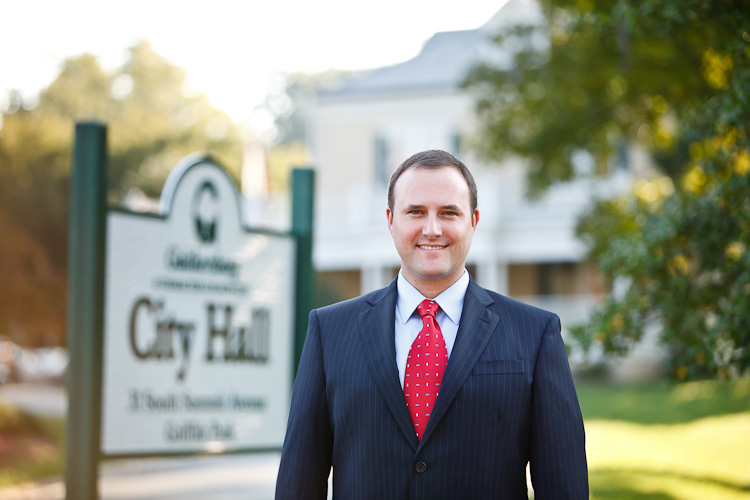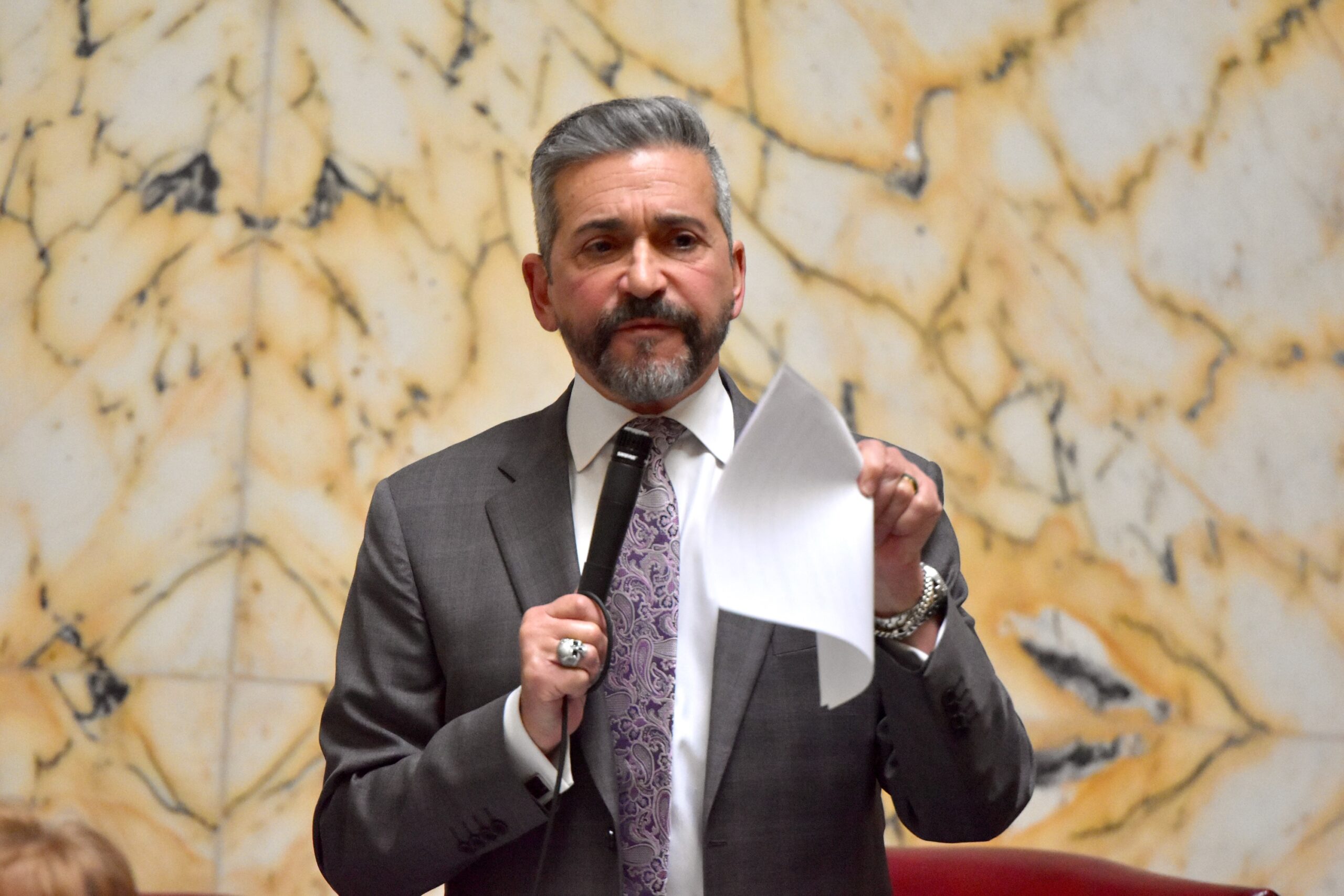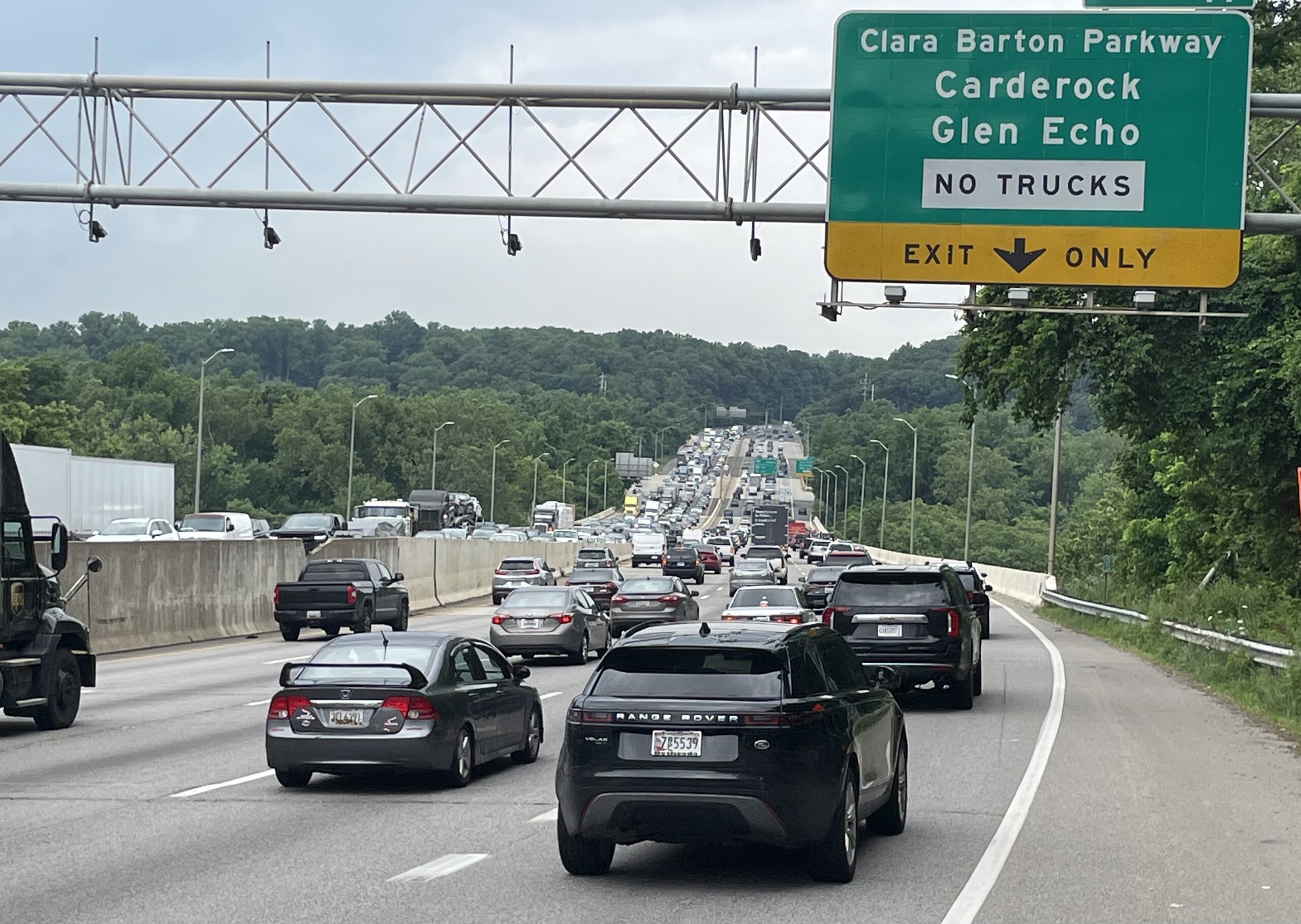Lawmakers Sidestep Push to Speed 5G Towers

Maryland’s legislature is unlikely to take steps that would make it easier for telecommunications firms to erect 5G towers around the state — despite the industry’s complaints that counties and municipalities are slowing the arrival of the next generation of wireless technology.
The next-generation mobile capability will greatly advance telemedicine services, speed 911 response, and assist small business owners and telecommuters, industry representatives told the Senate Finance Committee Tuesday.
But the faster 5G networks require a new set of towers, and that process has been slow because, to build them, carriers must navigate a patchwork of county and municipal regulations that can take years.
Although 5G towers are shorter than traditional cell towers, they must be located closer to where mobile customers live, work and drive.
In some neighborhoods, residents have objected to having to see the towers. Sen. Benjamin L. Kramer (D-Montgomery) said he has received a lot of mail from constituents worried about the safety of living near cell towers.
State lawmakers have introduced, over the last two years, legislation that would have required counties and municipalities to adhere to a common set of guidelines, but they withdrew those measures.
Finance Committee Chairwoman Delores G. Kelley (D-Baltimore County) said that lawmakers are eager to educate themselves about the issue but are not going to consider a bill this session while federal courts are set to begin hearing an appeal of new regulations from the Federal Communications Commission.
The Ninth Circuit Court of Appeals is expected to issue a ruling on the appeal in June.
Andrew Emerson, an attorney for AT&T, said more than 29 states and Puerto Rico “have some sort of uniform process, uniform rates, and uniform timeline for permitting.”
But in Maryland, he said, the company had to spend two years negotiating tower placement with the City of Gaithersburg and three years with the City of Baltimore.
“That’s not a solid policy to attract the capital and expedite deployment in the state,” he told the panel. “That’s not where my client is going to invest and that’s not where the where the rest of the wireless industry is going to invest.”
AT&T recently decided to shift a 5G investment intended for Maryland to Northern Virginia, Emerson told the committee.
“If you have money, it’s going to flow where you have some certainty,” he said. “The lack of certainty kills it.”
And Beth Cooley, head of state legislative affairs for the wireless industry group CTIA, said the lack of “regulatory certainty” is an issue for other telecom firms as well.
Municipal officials defended the process they use for considering tower applications.
Maryland Municipal League President Ryan Spiegel accused telecom firms of a “land grab” and of wanting to “avoid any reasonable regulation of this technology.”
“This is an attempt by industry, and some of the land-speculating companies that work with industry, to try and access taxpayer-owned, public, local rights-of-way,” Spiegel said.
He said companies that seek to locate towers in residential areas “make rights-of-way a Wild West where there would be unfettered access to put facilities.”
Spiegel, a member of the Gaithersburg City Council, said MML has attempted, without success, to reach a compromise with industry representatives.
He denied that the push by municipal leaders to retain regulatory control of their land was, in any way, exacerbating the “digital divide” or making it more difficult for telecom firms to reach underserved rural communities.
Lynn Board, the city attorney for Gaithersburg, said prior FCC rulings have already stripped local governments of much of their ability to regulate the location and design of cell towers and the fees that firms seeking permits must pay.
“The first set of orders pretty much gutted authority of these provisions, but they want more,” she said of the agency, which is now controlled by Trump appointees.
Emerson, an outside counsel for AT&T, said the push for 5G is not borne solely from a desire to accommodate autonomous cars and other high-tech gadgetry. It’s also, he said, about keeping up with “existing network needs.”
“AT&T alone has had a 470,000 percent increase in mobile data minutes since 2007, when the iPhone was released,” he said. “This investment has to be done.”
But Bill Jorch, the head of government relations for the MML, said the industry’s experience in Baltimore City is proof the current system is working.
“They’ve had more than 600 installations in city rights-of-way, from five different wireless providers, and they expect hundreds more by the end of this calendar year alone,” he said. “Some of [the towers] will be 5G capable.”
“It may not be the time to look at restricting local governments’ ability to regulate these small cells,” Jorch said, “when we know there are so many more coming down in the future.”




 Creative Commons Attribution
Creative Commons Attribution